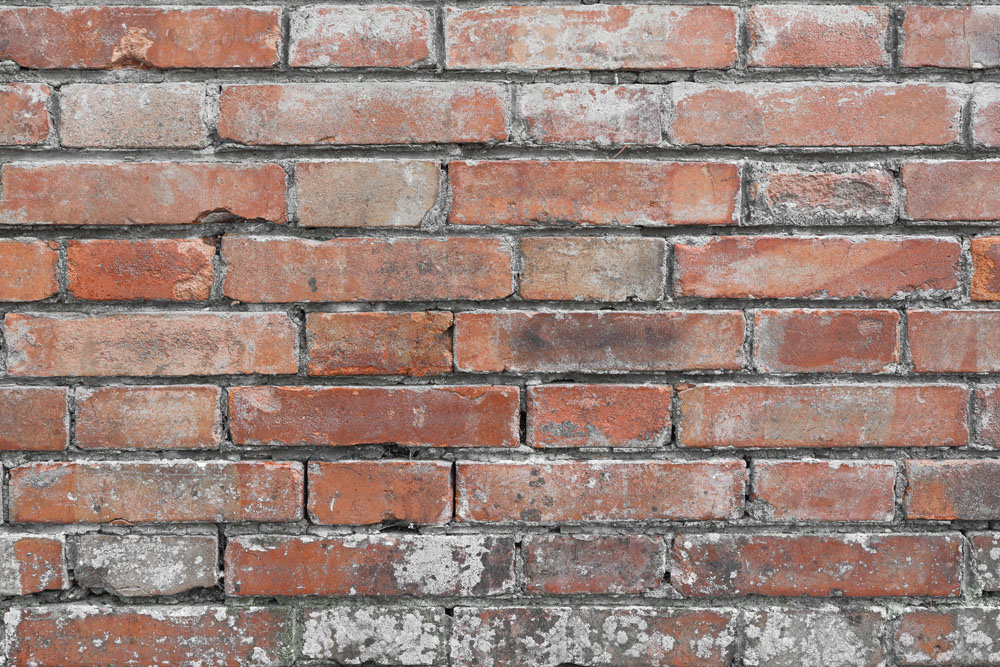Introduction
When it comes to Masonry Contractor Near You in Salem home construction and maintenance, one of the most enduring materials is brick. Whether it forms the exterior of your house or structures like patios and walkways, understanding the life cycle of your home's brickwork is crucial for ensuring its longevity. With https://www.google.com/maps/d/edit?mid=1UUYrJH4dyHhr3P5ZO9OM56Al5SS6zcw&usp=sharing time, wear and tear—along with environmental factors—can lead to necessary repairs. In this comprehensive guide, we’ll explore every aspect of brickwork maintenance, from initial construction to long-term repair strategies.
Understanding the Life Cycle of Your Home's Brickwork and Repairs Needed
The life cycle of your home's brickwork can be divided into several key stages: Initial Construction, Maturation, Wear and Tear, Assessment, Repair, and Preventative Maintenance. Each stage plays a vital role in preserving the structural integrity and aesthetic appeal of your home.
Initial Construction: The Foundation of Brickwork
The journey begins with the selection of quality bricks and mortar. A masonry contractor will typically advise on materials that best suit your region's climate and specific architectural requirements.
- Choosing Quality Materials
- Brick types (e.g., fired clay, concrete) Importance of high-grade mortar
- Architectural considerations Environmental impact assessments
Maturation: Setting the Stage for Longevity
Once your brick structure has been constructed, it enters a maturation phase. This period allows for the curing process, where moisture evaporates from the mortar joints.
- Curing Time
- Importance of proper curing Typical duration for different climates
- How rain, sun, and temperature fluctuations affect bricks
Understanding Wear and Tear: When Damage Occurs
Over time, even well-built brick structures can show signs of wear. Common issues include cracking, spalling, or efflorescence.
- What Causes Damage?
- Water infiltration Freeze-thaw cycles
- Visible cracks or crumbling Stains or discoloration on surfaces
Assessment: Evaluating Brick Condition
Before undertaking any repairs, a thorough assessment is essential. You might consider hiring a professional masonry contractor to evaluate the condition properly.
- DIY Assessment Tips
- Visual checks for cracks and stains The sound test for hollow spots
- Signs that indicate professional help is needed
Repairing Damaged Brickwork: Options Available
Once you've assessed the condition of your brickwork, it's time to consider options for repair.
Repointing: Renewing Mortar Joints
Repointing involves removing old mortar and replacing it with new material. This is crucial for maintaining structural integrity.
- Signs You Need Repointing
- Crumbling mortar joints Gaps between bricks
Replacing Bricks: Spot Repairs
Sometimes individual bricks may need replacement rather than repointing.

- Identifying Bricks Needing Replacement Cracks or breaks that compromise stability Color matching challenges Replacement Process Explained
Waterproofing Solutions: Keeping Moisture at Bay
Preventative measures such as sealing can extend the life of your brickwork significantly.
- Types of Sealants Available Penetrating sealers vs surface sealers Eco-friendly options
Preventative Maintenance: Keeping Problems at Bay
Regular maintenance can prevent significant issues down the road—saving you time and money!
Cleaning Techniques
Regular cleaning helps maintain appearance while preventing damage from dirt accumulation.
- Best Practices for Cleaning Bricks
Seasonal Inspections
Perform seasonal checks to catch potential problems early before they escalate into costly repairs.
FAQ Section
How often should I assess my brickwork?
A good rule is to inspect annually or after severe weather conditions.
Can I do repairs myself?
Simple tasks like cleaning can be DIY; however, significant repairs are best left to a masonry contractor.
What type of mortar should I use?
Consult with a masonry contractor who can recommend based on local climate conditions.
How much does repointing cost?
Costs vary widely depending on location but expect anywhere from $3-$10 per square foot.
What’s efflorescence?
It’s a white powdery residue left by water evaporating through wall surfaces.
Is waterproofing necessary?
Yes! It significantly increases durability against moisture damage.
Conclusion
Understanding the life cycle of your home's brickwork is essential not just for aesthetics but also for long-term structural stability. From initial construction through various stages including maturation, wear-and-tear assessments, repairs, and preventative maintenance—you can greatly influence how well your brick structures stand up over time.
With this knowledge in hand—and perhaps with support from an experienced masonry contractor—you’ll have all you need to ensure that your beautiful brick home remains standing strong for generations to come!
Whether you're facing minor issues today or are looking ahead toward long-term upkeep strategies, remember that proactive care goes a long way in maintaining your investment in elegant brick work—making it well worth every effort!